Make An Easy Batch of Healthy Milk Kefir
Kefir is a fermented product made from milk (there is also kefir made from sugar water or coconut water) that’s chock full of probiotics and nutrients. I like kefir plain but it’s delicious with a bit of fruit, honey, or maple syrup added for flavor. However, I don’t like buying plastic bottles of, well, ANYTHING, from the store every week. The cost and plastic waste really add up, especially since my son can drink an entire 16-ounce bottle of kefir in one gulp… so I started making my own milk kefir to keep those healthy probiotics in our diets without spending a fortune.
There are several ways to make kefir and there are different strains of bacteria involved in each method. For these instructions, I am going to share step-by-step instructions to make milk kefir from store-bought kefir. This is super easy and the cost is minimal, plus you don’t need to find a source for a kefir starter kit to create a batch and keep it going.
This post contains affiliate links or advertisements as a means for this website to earn income. As an Amazon, LLC affiliate, I earn a commission on qualified purchases made through these links.
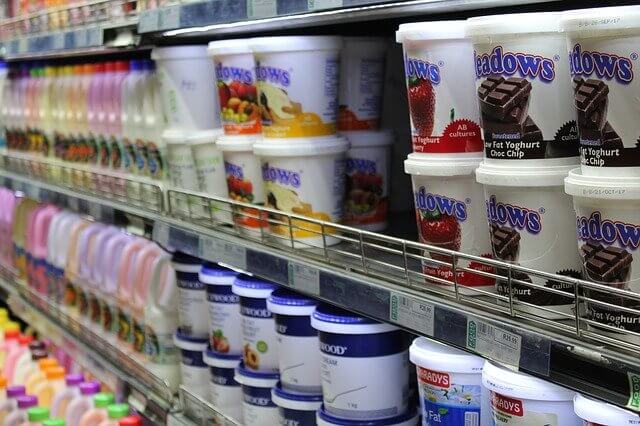
Is Kefir the Same as Yogurt?
Kefir is similar to yogurt because both of these dairy products are inoculated with beneficial bacteria that convert the lactose (the sugar in milk) into lactic acid, giving the finished product a tart flavor. However, kefir and yogurt each contain different strains of bacteria (kefir may contain many more strains of probiotics than yogurt) and they ferment at different temperatures. Kefir also has a thinner consistency compared to yogurt and is even a little bit fizzy when fresh and full of active bacteria.
You can also make your own easy yogurt from cow’s milk or goat’s milk and plain yogurt or yogurt starter!
As an Amazon affiliate, I earn a commission on qualifying purchases.
But Is Kefir Really Good For You?
Kefir is good for most people because it can help you consume extra protein, feel full longer, and repopulate your gut with healthy probiotics. However, there are some people who should avoid consuming this probiotic-rich dairy product, plus it isn’t good for anyone to consume too much of a good thing!
Check with your doctor or do a bit of research if you:
- are lactose intolerant
- have a compromised immune system
- are taking medications that suppress your immune system
- have dairy allergies
Some people get gassy, bloated, or experience other problems after consuming kefir if their digestive system isn’t used to these bacterial strains. If you are having digestive issues, kefir MAY help but you should start out slow and increase your consumption of kefir and other probiotic-rich foods over time. Be sure to add prebiotic foods (including many fruits, vegetables, and whole grains) to feed the healthy bacteria in your gut, too.
If you are experiencing health issues, please seek medical attention. These statements are not intended as medical advice.
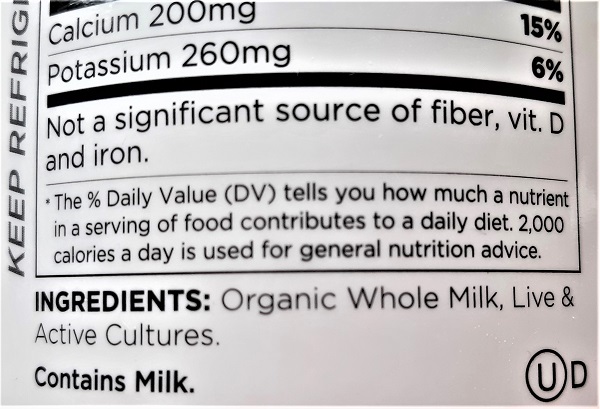
Easy Milk Kefir from Purchased Kefir
If you are able to purchase milk kefir from the grocery store, you can use it to make a batch of super easy homemade kefir. All you need is milk, a pan, a thermometer, and a non-reactive container to incubate the culture.
It’s very important to start with a fresh container filled with live and active beneficial bacteria to start your new batch of kefir. I also recommend purchasing kefir which has a wide variety of bacterial strains to give your digestive system the benefit of even more probiotics to keep you healthy. These microbes help your body make the best use of the food you eat and give a great boost to your immune system, too.
Here’s how to make your easy batch of milk kefir from a purchased container of kefir:
- Heat one quart of plain milk to 180 degrees Fahrenheit in a non-reactive pan
- Cool the milk to 73 to 78 degrees Fahrenheit
- Mix 2 to 3 tablespoons of plain milk kefir with 2 or 3 tablespoons of the milk
- Pour this mixture with the rest of the milk and stir
- Cover loosely and culture at room temperature for 8 to 12 hours, or until thickened
Tips for Making the Best Milk Kefir
To ensure a healthy batch of kefir, follow these tips:
- Use plain kefir to avoid adding bacteria from added fruits or flavorings
- Heat milk to 180 degrees F to kill potentially undesirable bacteria
- Make sure milk is 73 – 78 degrees F to avoid killing the culture with temperatures that are too high
- Sanitize all equipment that touches your milk or culture to prevent the growth of non-beneficial bacteria
- Incubate kefir until it becomes fairly thick and bubbly, about 12 hours
- Refrigerate your kefir for 2 hours before consuming
- Make your next batch within 7 to 10 days to keep your culture alive and well
- You may start a new batch of kefir from the most recent batch using these instructions until the texture or flavor of your kefir is off. (Feed an off batch to your chickens… unless it smells really off.)
/https://media.azurestandard.com/files/e6c99342-ff19-45df-8e53-aa8718b334ed)
More Ways to Make Milk Kefir
The first time I made a batch of homemade kefir, I used a packet of dried starter culture purchased through one of my buying clubs. This method also worked very well, and I like the fact that there was minimal packaging plus the packets of culture remain viable for about 1 year when kept refrigerated.
To make a batch of easy milk kefir from dried starter culture you will follow the same instructions that I shared above, with one minor tweak. You’ll need to pour the dried culture into a clean bowl and add a few drops of the cooled milk at a time, mixing thoroughly after each addition. This will rehydrate the powder without causing lumps that could slow down the growth of your culture.
You may also purchase kefir grains to make your own easy kefir. The biggest difference between purchasing starter kefir (both in powdered form or plain kefir from the store) and kefir grains is that well-cared-for kefir grains may be re-used indefinitely, while powdered starter or liquid kefir may only be used a few times with care. Kefir grains cost more to get started and require some maintenance to keep them healthy. Because I’m always looking for more ways to increase my self-reliance, trying kefir grains is my next kitchen science project!
/https://media.azurestandard.com/files/19ee2187-d74e-4bd8-9d79-221aa133b1c7)
Why Make Your Own Kefir?
A lot of people wonder what the big deal is and why would they bother drinking kefir or making it for themselves. Of course, it’s completely up to each of us to decide what is best for our health, budget, and time commitment.
Here is why I started making kefir for my family:
- I take antibiotics before dental procedures, which kill beneficial gut bacteria
- The probiotics in kefir are beneficial for keeping our digestive system working properly
- Probiotics are helpful for our immune systems
- By consuming probiotics in our food, we spend less on probiotic supplements
- We like the flavor of kefir, yogurt, and other fermented dairy products
- Kefir and other Lacto-fermented foods may also be healthy for our livestock and pets
- Making kefir reduces our household waste and is better for the environment
If you have your own dairy animals, you can make kefir, yogurt, cottage cheese, queso fresco, and other cheeses with the excess milk.
Learn how to make your own homemade probiotics for your chickens.
As an Amazon affiliate, I earn a commission on qualifying purchases.

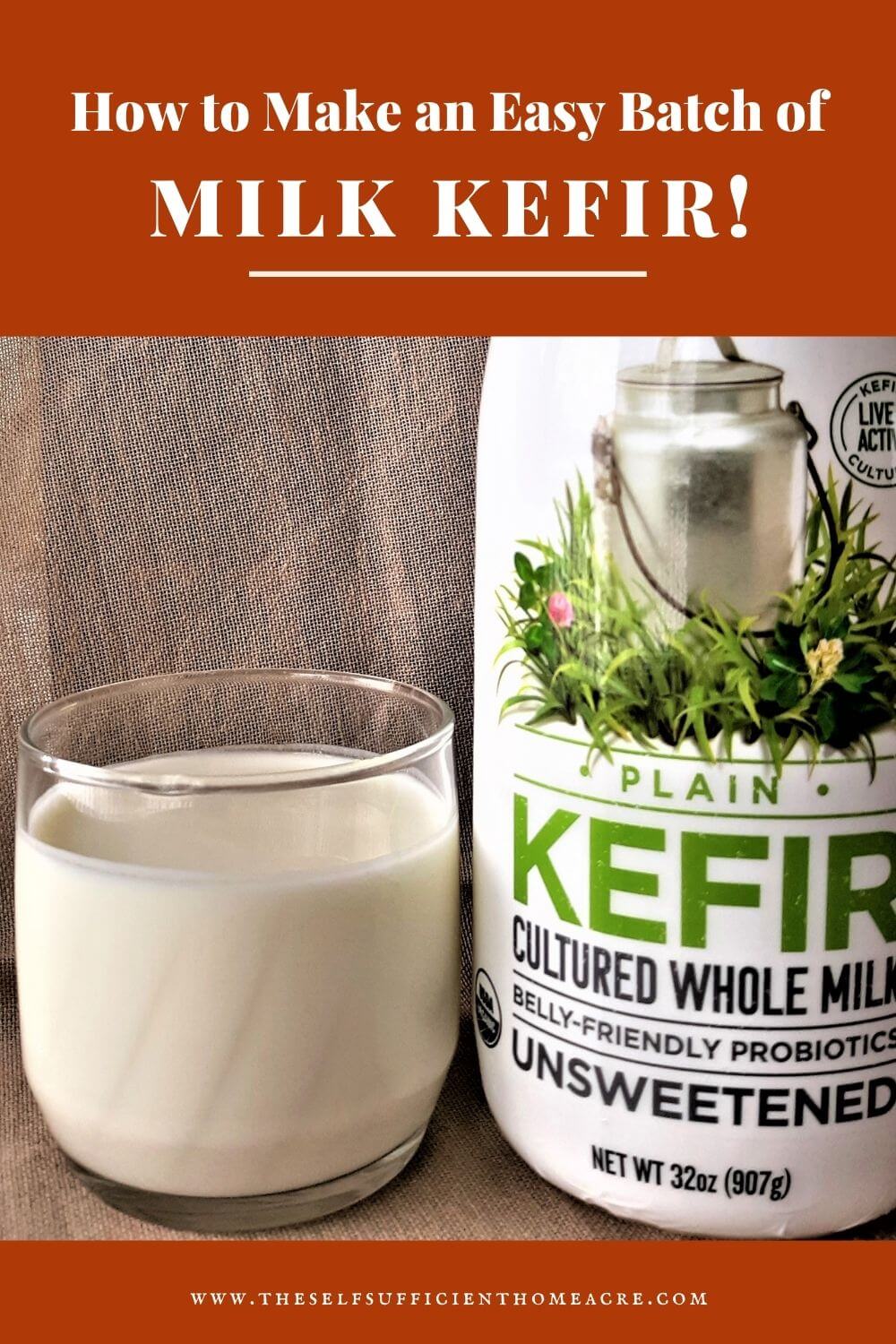
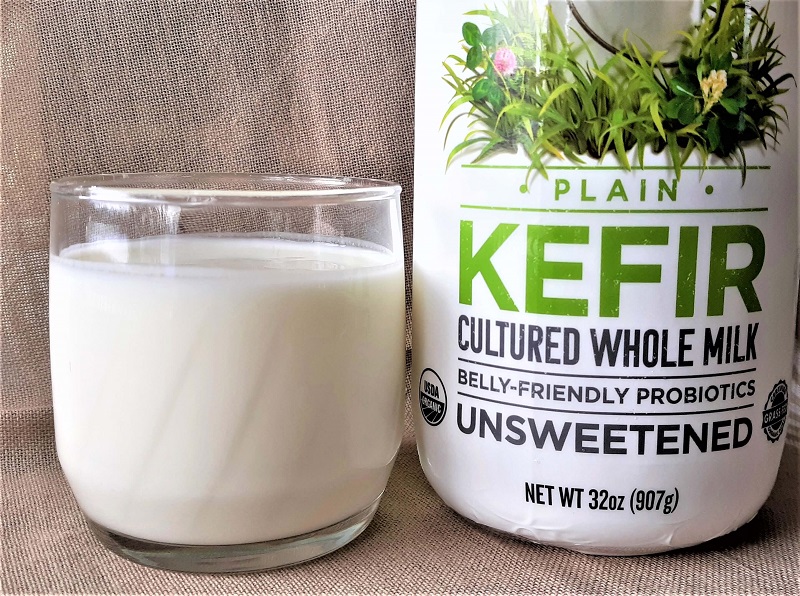
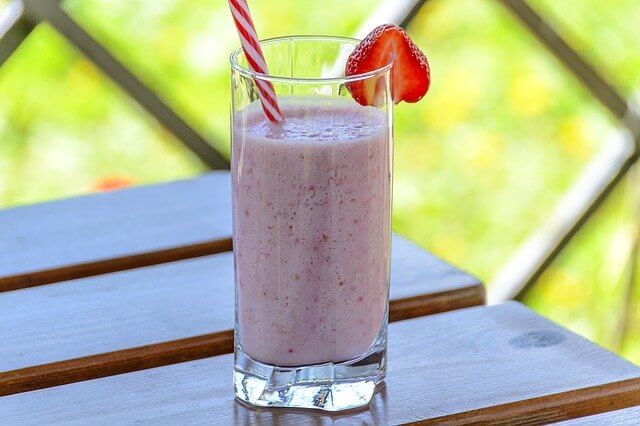







I had tried making yogurt from time to time and could not tolerate milk. Recently, I’ve been using A2 Vat pasteurized milk by Alexandre farms. I am so grateful I can now have milk again with no problems. Since the milk has been pasteurized, I only heat the milk to about 112° when I make Greek yogurt. I plan to make my own kefir. I’m in Northern California. I’ve been making a Greek yogurt and I just bought their plain Kefir. Can I just add the plain A2 Kiefer as a starter to A2 milk to make my own kefir? I guess the real question is do I have to buy the kefir grains to start out or not? Thank you so much Lori.
Hi Lori,
I have been making kefir by adding plain, unsweetened kefir from the store to pasteurized milk, following the instructions I shared in this post (“Here’s how to make your easy batch of milk kefir from a purchased container of kefir”). I don’t usually purchase the starter and I have only used kefir grains to make water kefir so far. So yes, you CAN make kefir without purchasing the starter or the kefir grains… however, I purchase a new batch of storebought, plain kefir to make several batches of kefir at home for a fraction of the price of purchasing kefir every time we want some. I hope this helps!
PS: I make yogurt from ultra-pastuerized milk without heating the milk to 180 F… kefir should work the same!
Is there any rule of thumb for the ratio of milk to starter?
Thank you!
Hi Kathryn,
I’ve been measuring the amounts to be sure but the ratio would be 1:32 kefir to milk for the measurement of 2 tablespoons of kefir per quart of milk. However, you don’t need to be that accurate. I hope this helps!
I had horrible luck with dehydrated cultures and then discovered that they can be very problematic. The suggestion was to use HYDRATED kefir grains or scobys instead as they are much less likely to cause mold issues.
That’s good to know, Carol… thanks for the tip!
This is what I featured the week of 2-13 to 2-15-2021. On Tuesday was White Bean Chicken Chili. Wednesday was Loaded Baked Potato Soup. Friday was Black Bean Soup. Enjoy!
Yum! Thanks for sharing, Marilyn!
Lisa,
Thanks so much for taking the time to host each week!! I appreciate all the time you put into it!! Stay safe, healthy and happy!!
Hugs,
Debbie